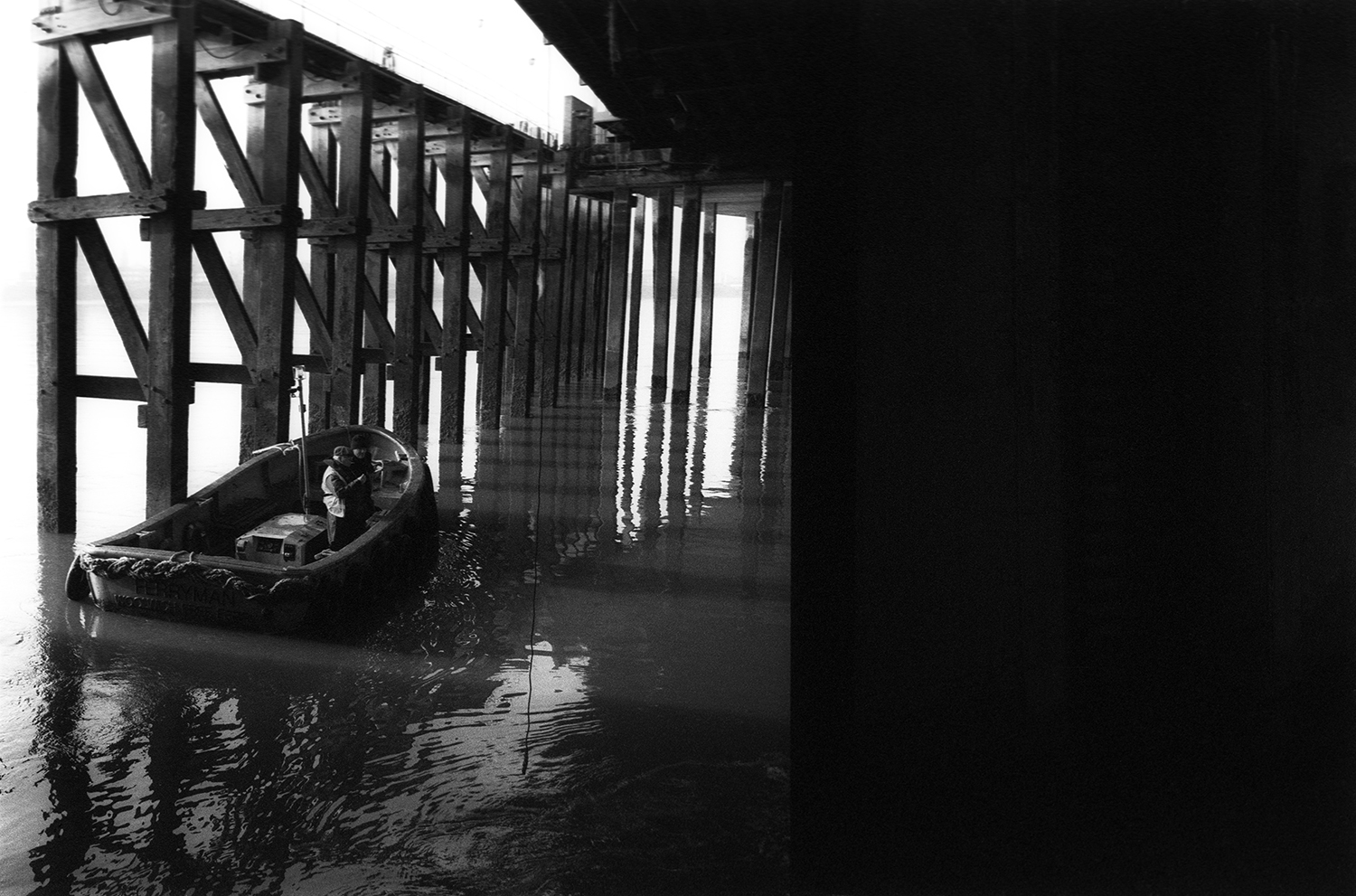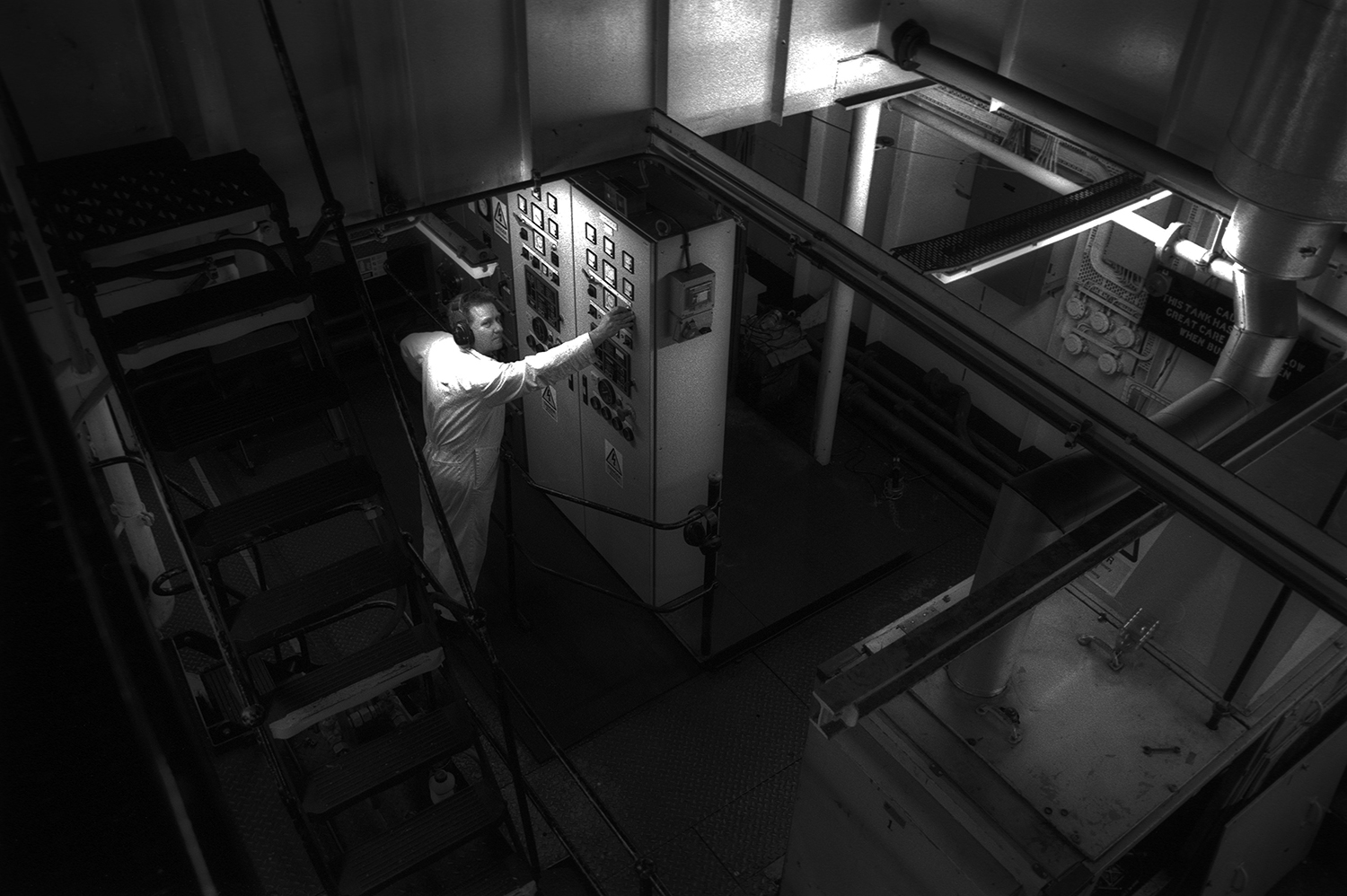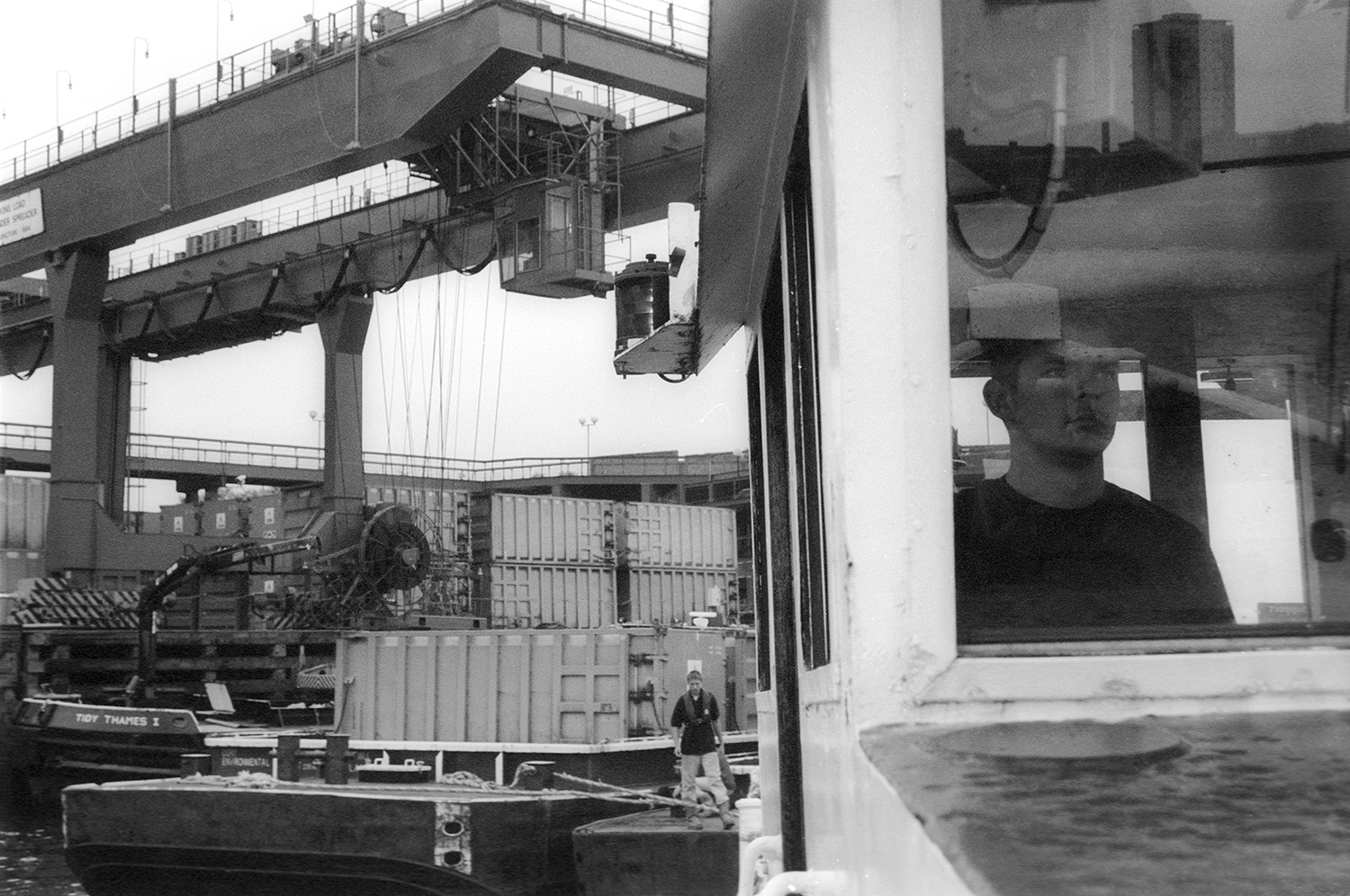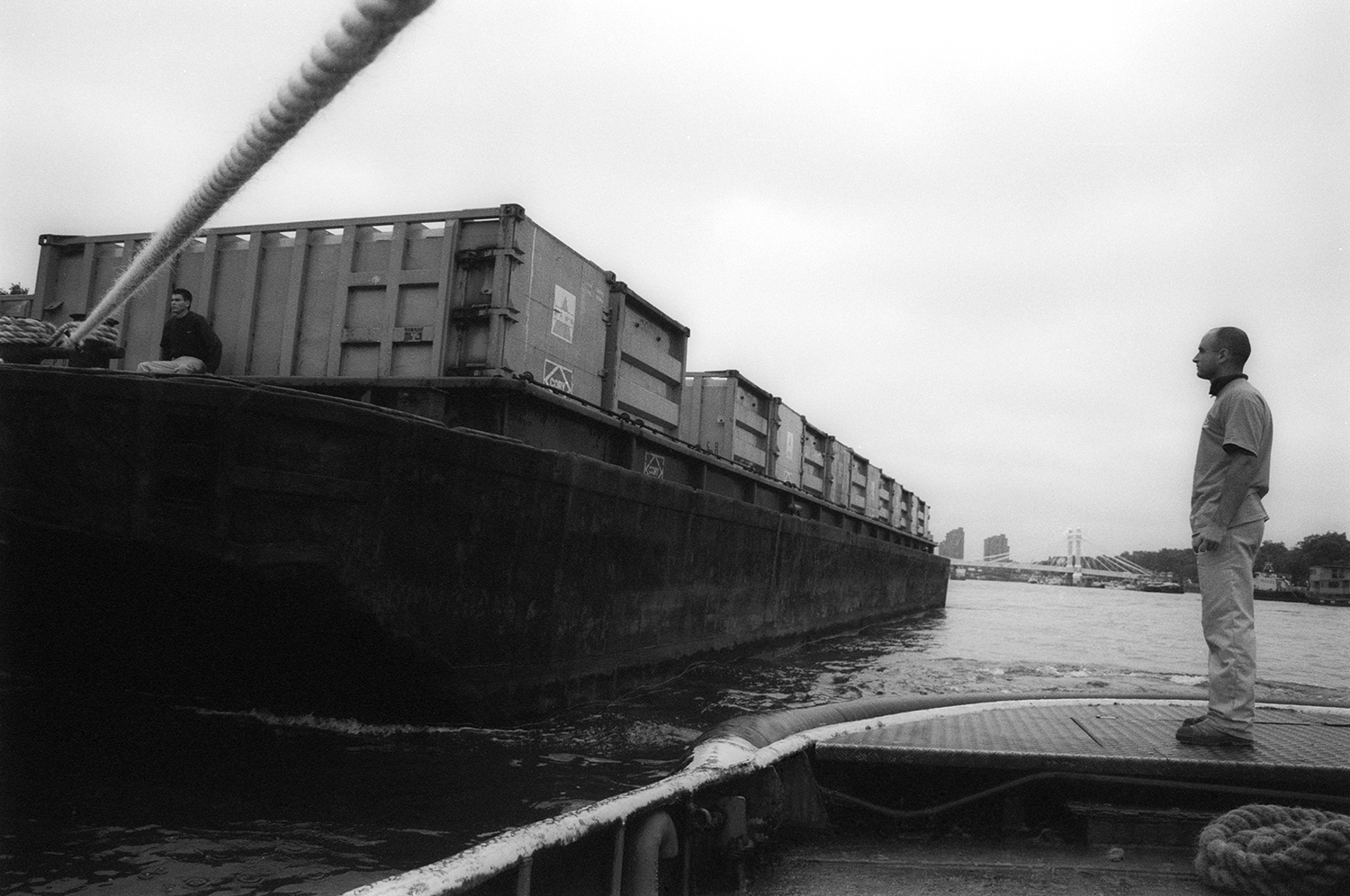
Lightermen of the Thames A lighterman is a worker who operates a lighter, a type of flat-bottomed barge, which may be powered or unpowered. In the latter case, today it is usually moved by a powered tug. The term is particularly associated with the highly skilled men who operated the unpowered lighters moved by oar and water currents in the Port of London.


The lightermen of the River Thames work a trade shaped by tide, weather, and centuries of river knowledge. They move cargo on flat-bottomed barges —lighters — ferrying goods between ships, wharves, and riverside sites. The river is their road, and every journey demands a reading of its currents, winds, and hidden shallows.
A lighterman’s day begins when the tide allows. Early starts often mean climbing aboard a moored barge in the mist, casting off, and using a tug to position it where the load is needed. The work is quiet but physical—handling ropes, keeping watch on the flow, and guiding heavy cargo with precision. Loads range from aggregates and scrap to spoil from construction sites, materials that travel far more efficiently by water than through the city’s crowded streets.


Skill is everything. To work the river, a lighterman needs a licence earned through years of training and examination. Many come from families with generations in the trade, inheriting not just the techniques but the instincts—the way the river changes with the seasons, how the wind funnels between bridges, how to read a tide by eye.



The job carries its own pride. It holds the sense of being part of a living tradition, one that ties modern London to its working past. On the water there is camaraderie—stories traded between jobs, nods of recognition from passing crews, and an unspoken respect for the Thames itself. Each barge run is more than transport—it is a small act of keeping history afloat.




